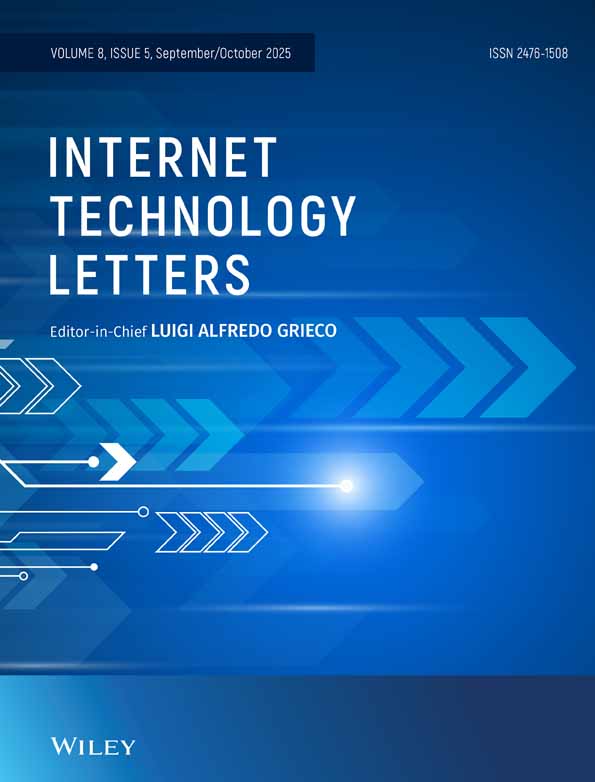A Stacking Ensemble Learning-Based Intrusion Detection System for Internet of Vehicles
Funding: This work was supported by Huzhou Natural Science Foundation (Grant 2024YZ08).
ABSTRACT
Vehicle-to-Everything (V2X) technologies enable ubiquitous connectivity in Internet of Vehicles (IoV) systems, yet expose critical vulnerabilities to cyber threats. While cryptographic mechanisms provide essential safeguards, their limitations in dynamic vehicular environments necessitate Intrusion Detection Systems (IDS) for comprehensive defense. This study proposes an intrusion detection model named SFGL, a stacking ensemble framework integrating Random Forest (RF), Gradient Boosting Decision Tree (GBDT), and Bidirectional Long Short-Term Memory (Bi-LSTM) algorithms. The model employs feature selection to optimize computational efficiency. Adaptive Synthetic Sampling (ADASYN) and Tomek-Links undersampling methods are jointly employed to resolve class imbalance in training data. Evaluated on CICIDS2017 and NSL-KDD datasets, SFGL achieves state-of-the-art performance with 99.5% F1-score across multiple attack categories while reducing inference latency by 37% through dimensionality reduction.
Open Research
Data Availability Statement
The data that support the findings of this study are available on request from the corresponding author. The data are not publicly available due to privacy or ethical restrictions.




